Resilience and Reform: Hong Kong's Capital Markets Chart a Steady Course Amid Global Uncertainty
As global markets wrestle with volatility, fragmentation, and geopolitical tension, Hong Kong is doubling down on its strengths: institutional resilience, regulatory clarity, and cross-border connectivity. In a keynote address at the OSC Dialogue in Toronto, Julia Leung, Chief Executive Officer of the Hong Kong Securities and Futures Commission (SFC), outlined a forward-looking strategy to future-proof the city's capital markets—and in doing so, extended a clear message to global investors: Hong Kong remains open, agile, and committed to long-term stability.
A World in Flux, and the Return of Strategy
Speaking against the backdrop of rising protectionism, digital disruption, and macroeconomic divergence, Leung framed the current moment as not an aberration—but the “new normal” for global markets. The collapse of post-WWII trade order, accelerated by tariffs and supply chain reconfiguration, has left many economies exposed to risk. Yet, as Leung noted, “in every risk lies an opportunity”—a phrase that resonates deeply with Hong Kong's historical role as a market-tested financial hub.
Her core message was pragmatic: resilience in uncertain times requires not only defensive measures, but also policy frameworks that harness disruption as a source of renewal.
Four Pillars for a Future-Ready Market
Leung laid out a four-pronged strategy aimed at reinforcing Hong Kong's position as a global financial center:
1. Resilience Through Surveillance and Stress Testing
Hong Kong's capital markets are highly open—daily turnover often exceeds HK$600 billion, over 10 times the city's GDP. To manage systemic risk, the SFC has implemented real-time trading surveillance, post-trade transparency, and stress testing of central counterparties. Leung cited the orderly response to the 7 April 2025 market drop—Hong Kong's worst single-day fall in three decades—as evidence of structural resilience: “Intraday margin calls were met on time. Bid-ask spreads were tight. Short selling positions were well-distributed.”
2. Improving Market Efficiency and Liquidity
Following a drought in IPO activity and secondary market liquidity in 2023, the SFC initiated a structural review of trading mechanisms. Measures include reducing tick sizes, enhancing corporate governance for listed companies, and accelerating IPO vetting. New economy stocks, including biotech and tech listings enabled by SPACs and weighted voting regimes, now account for 35% of total market capitalization.
3. Deepening Market Connectivity
From Stock Connect to Bond Connect and Swap Connect, Hong Kong continues to function as a two-way gateway between mainland China and global markets. What's new is its outreach to emerging financial centers. In 2024, two Hong Kong ETFs were cross-listed on Saudi Arabia's exchange—reciprocating Riyadh's ETF listing in Hong Kong. Leung emphasized closer links with Southeast Asia and Canada, signaling a broader diversification strategyin global capital flows.
4. Leveraging Technology and Building Guardrails
The SFC's new “ASPIRe” roadmap—focusing on Access, Safeguards, Products, Infrastructure, and Relationships—is designed to create a comprehensive regulatory framework for virtual assets. The goal, Leung explained, is to balance innovation with investor protection, using blockchain to improve settlement efficiency and expanding tokenized asset offerings under clear risk controls.
Implications for Global Investors
For Western financial institutions, particularly those in asset management, cross-border legal advisory, and digital infrastructure, Hong Kong's agenda presents actionable insights:
Policy predictability: While regulatory shifts elsewhere have unsettled markets, Hong Kong's iterative and consultative reforms offer a stable environment for long-term capital deployment.
Technology integration: With frameworks now in place for stablecoins, tokenized funds, and AI use in surveillance, the city offers a testbed for scalable financial innovation under a regulator's watchful eye.
Access to China—without the complexity: Via Hong Kong's platforms, foreign investors can access China's second-largest capital market under internationally compatible rules.
Emerging markets bridge: Hong Kong is positioning itself not just as a China gateway, but as a conduit between Western capital and fast-growing markets in the Gulf, ASEAN, and beyond.
Collaboration Beyond Borders
Leung's closing remarks emphasized the enduring value of regulatory cooperation. Citing Hong Kong's work with the Ontario Securities Commission (OSC) and IOSCO, she stressed that “capital, like water, flows around obstacles.” In an era of digital interconnectedness and regulatory divergence, such cooperation is not optional—it is essential.
Indeed, past joint efforts—on crypto trading platform risk reports, sustainable finance disclosure frameworks, and data governance—have shaped global standards. These shared frameworks provide institutional depth that goes beyond bilateral trade agreements.
A Call to Strategic Engagement
For institutional investors, asset managers, and global fintech platforms, Hong Kong's case is compelling: a mature capital market that is technologically open, policy-consistent, and strategically positioned at the intersection of East and West.
The next phase of opportunity may not come from riding speculative cycles—but from partnering with markets that embrace reform as infrastructure and innovation as policy.
In the words of Leung, “We must harness the disruptive forces of our times into positive agents of change.” For those looking eastward, the road to resilience may well run through Hong Kong.
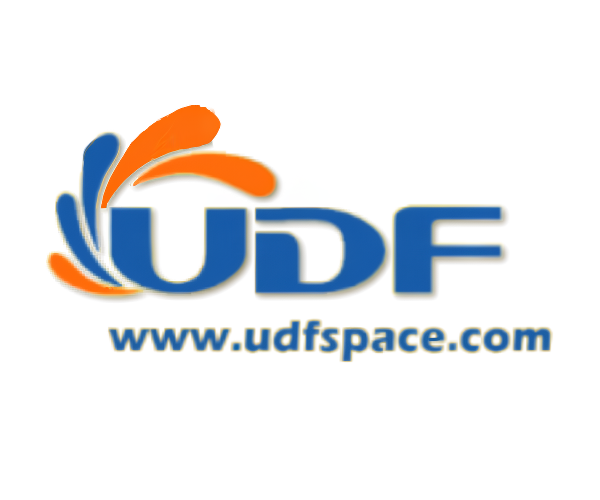







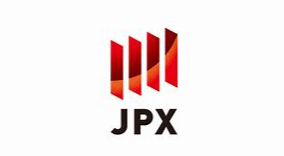
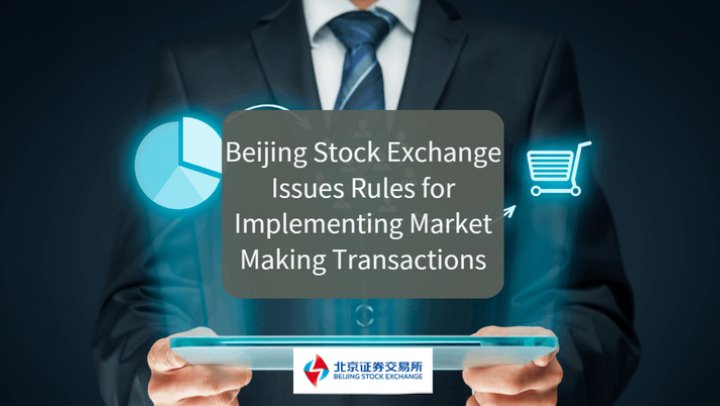
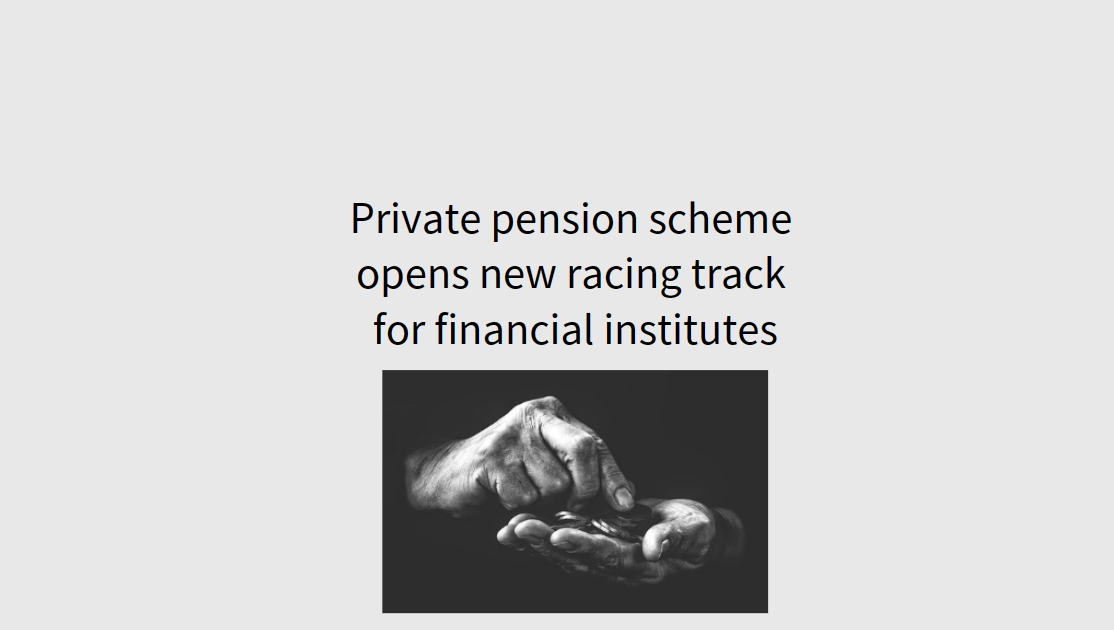
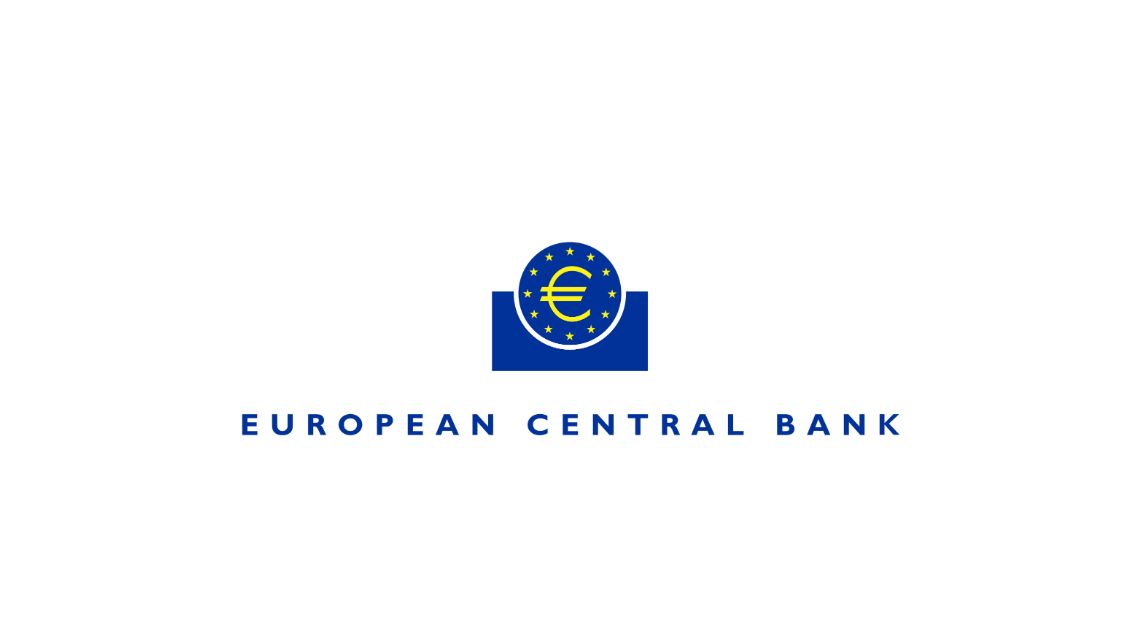
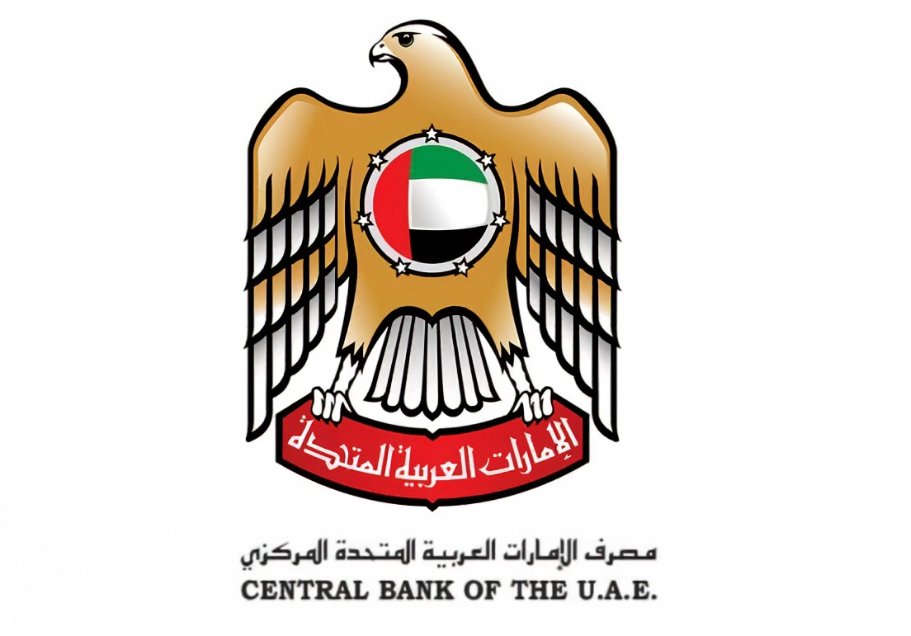
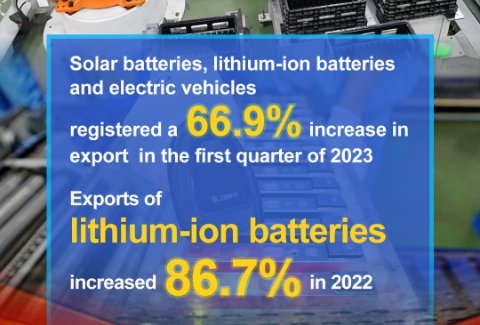
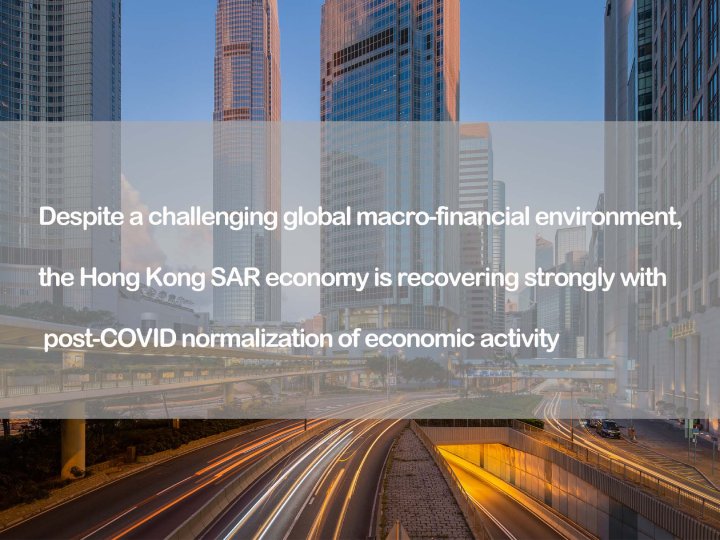
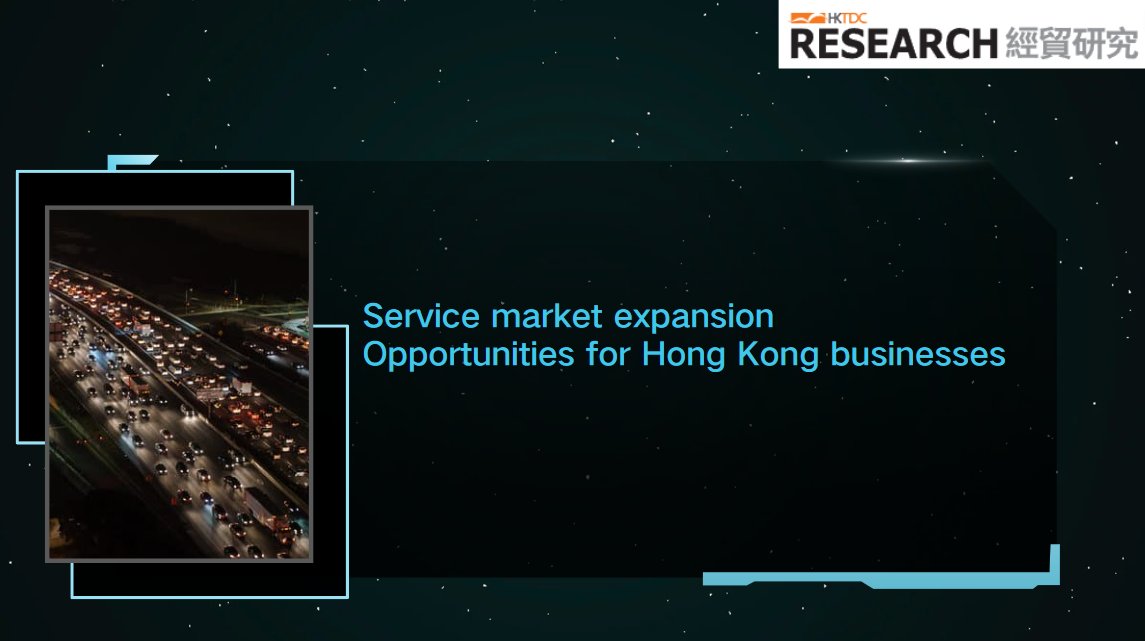

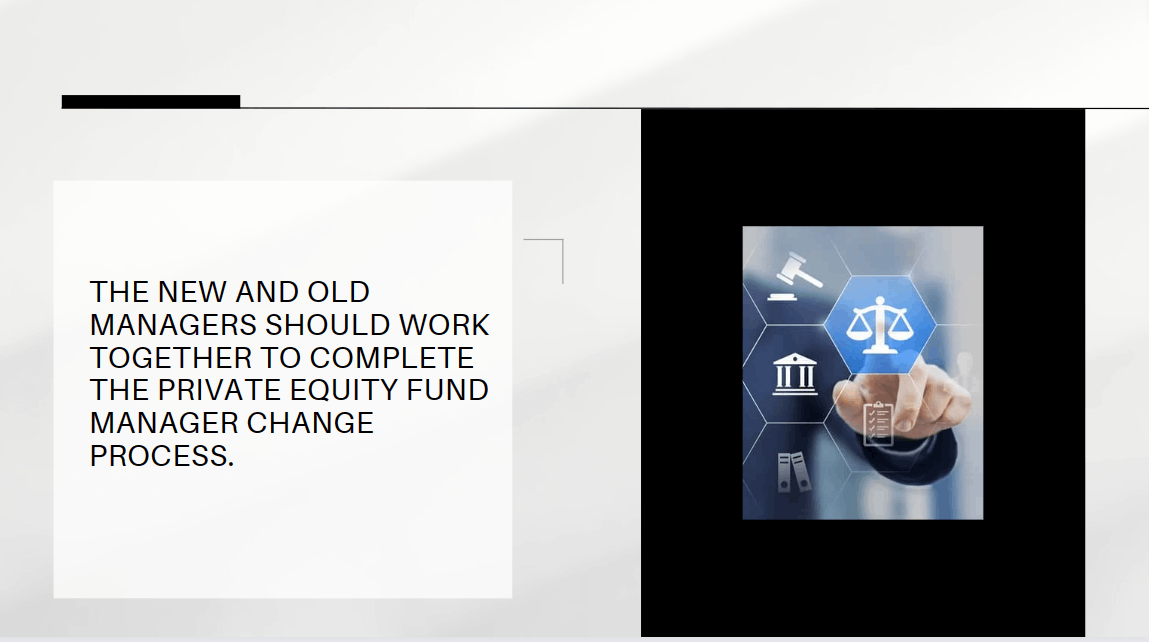
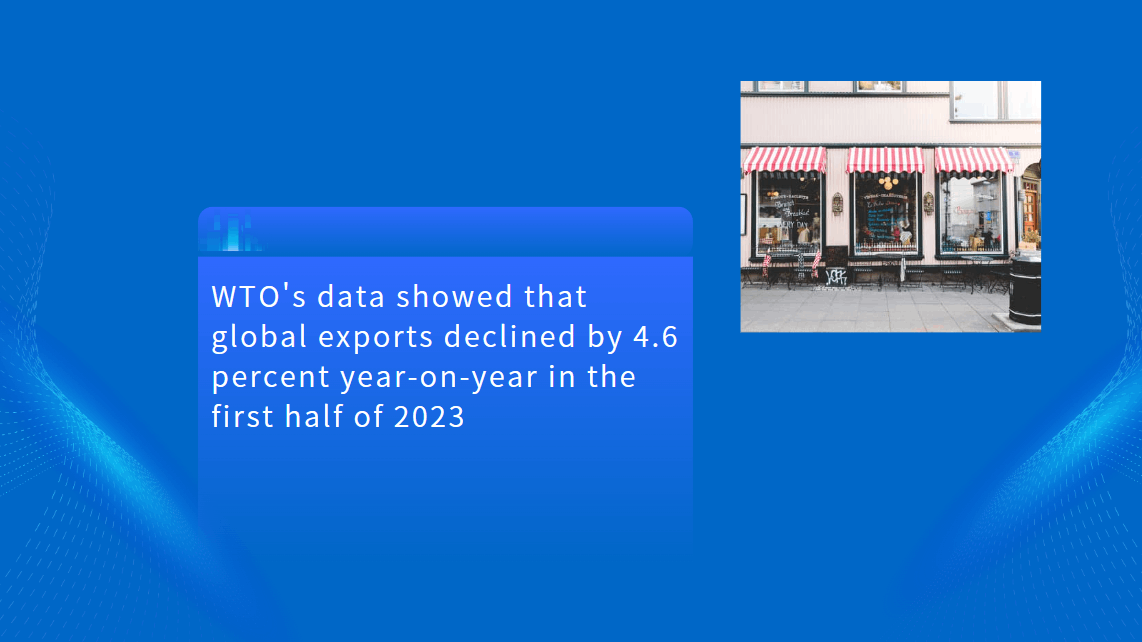
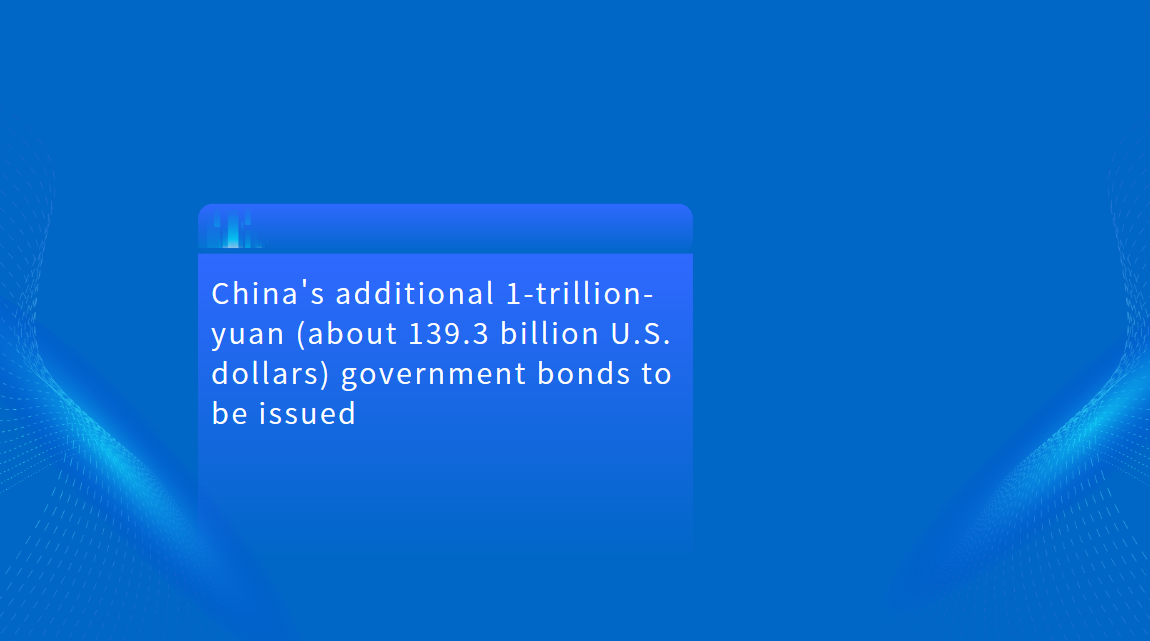


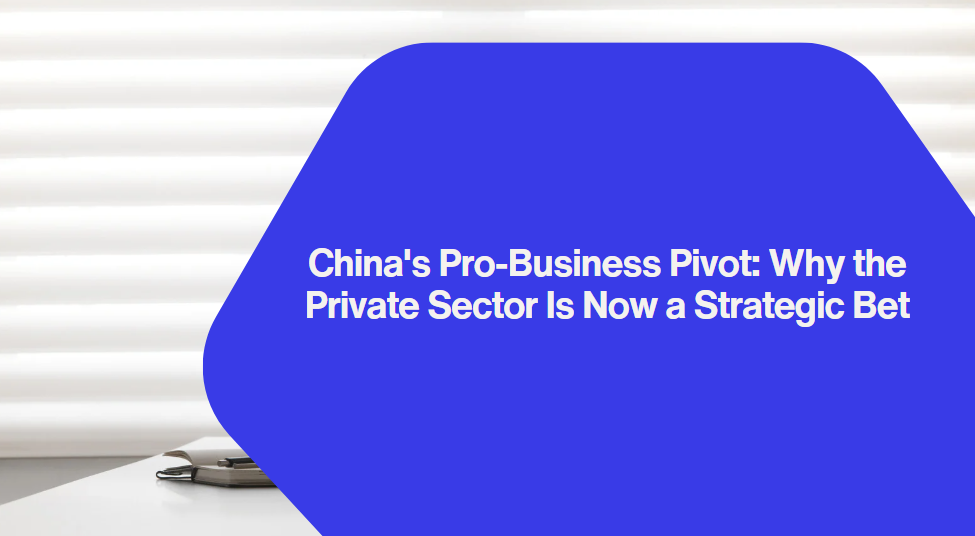
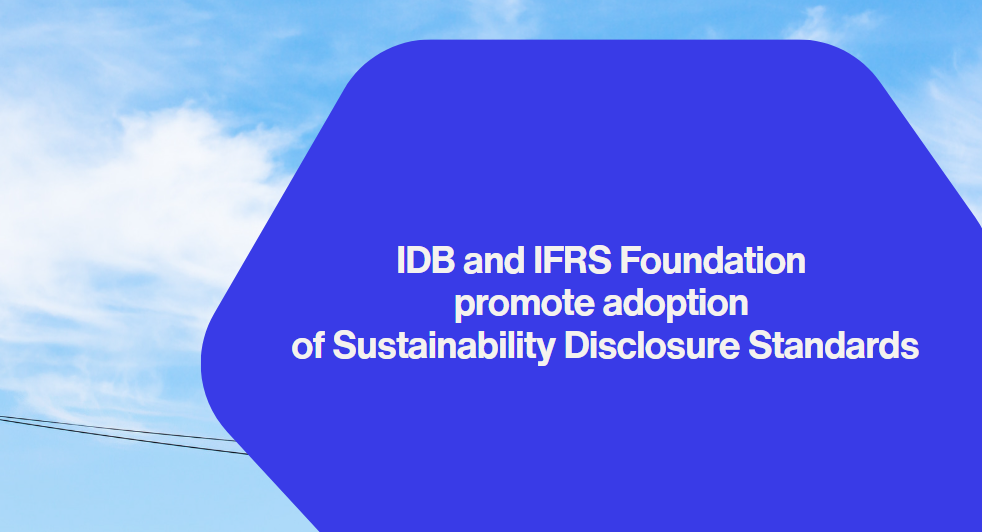
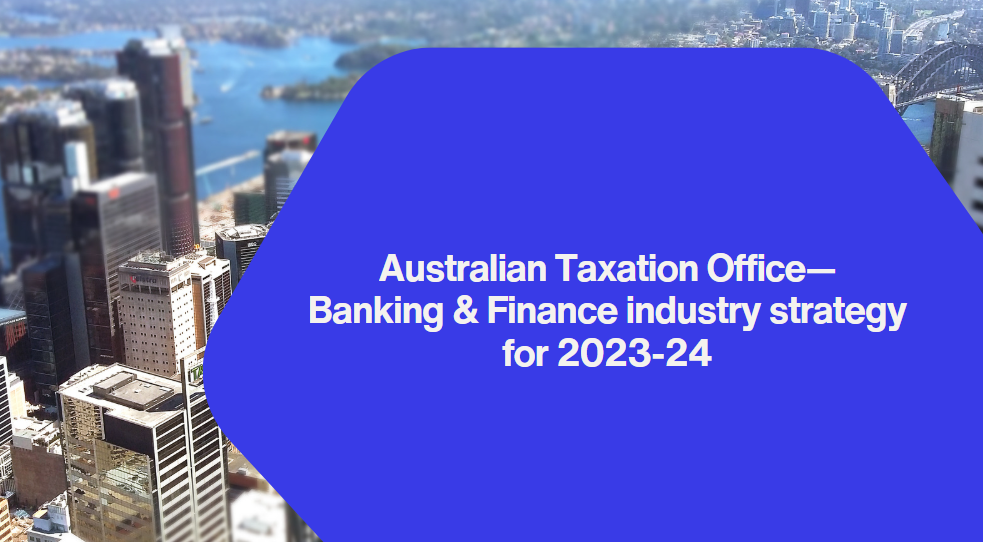


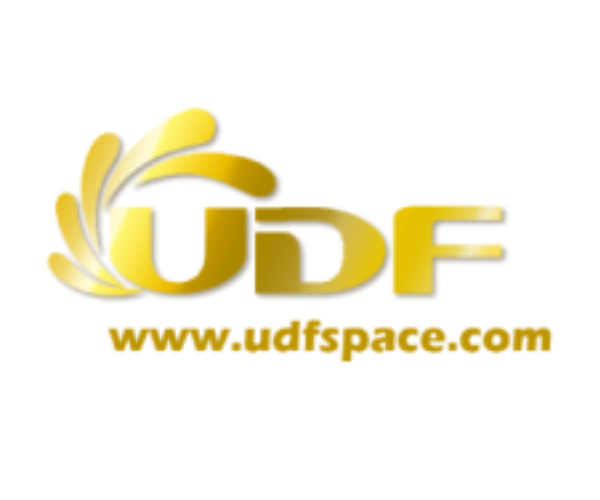










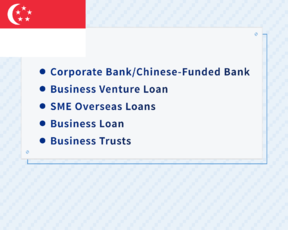














First, please LoginComment After ~